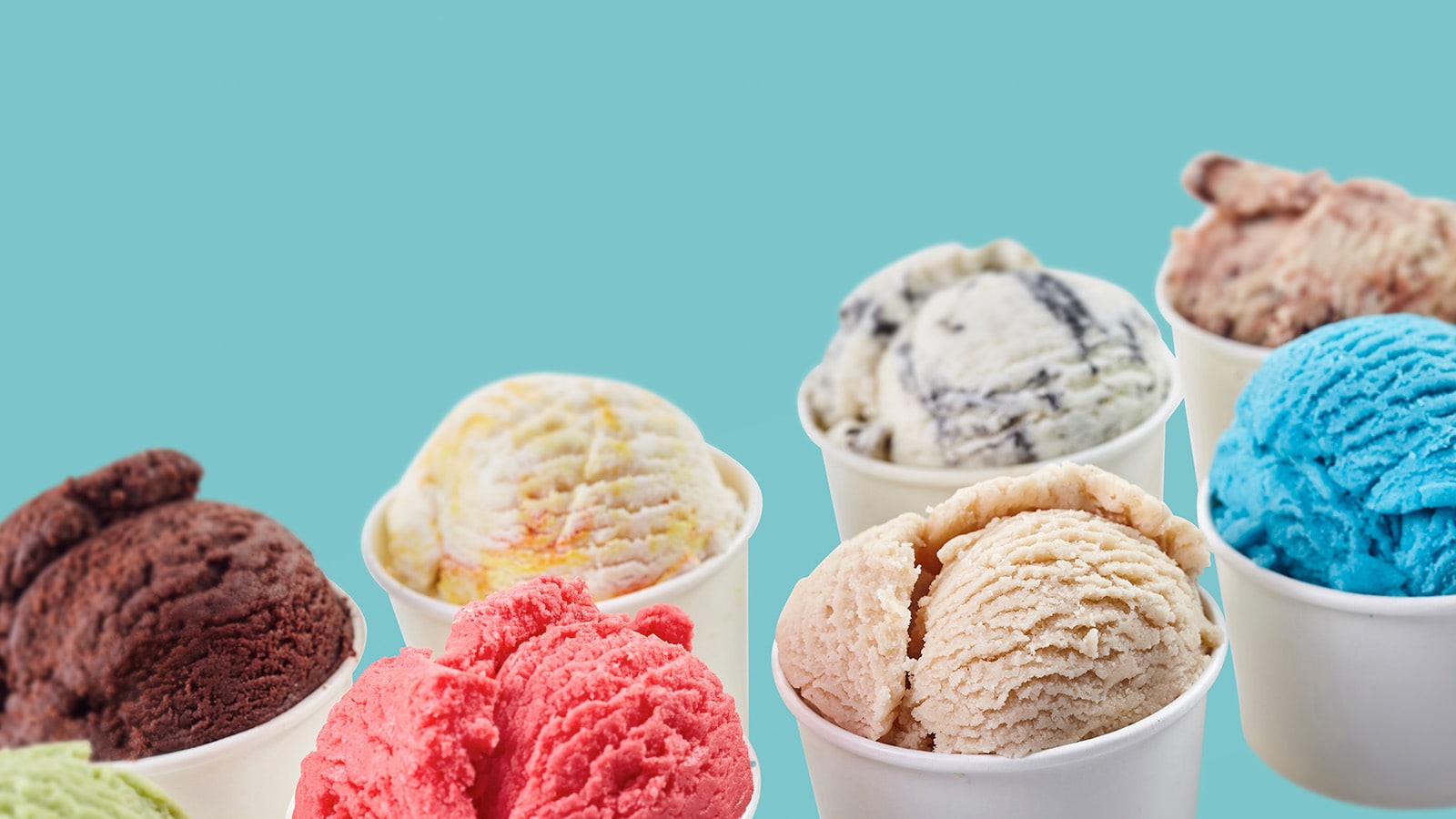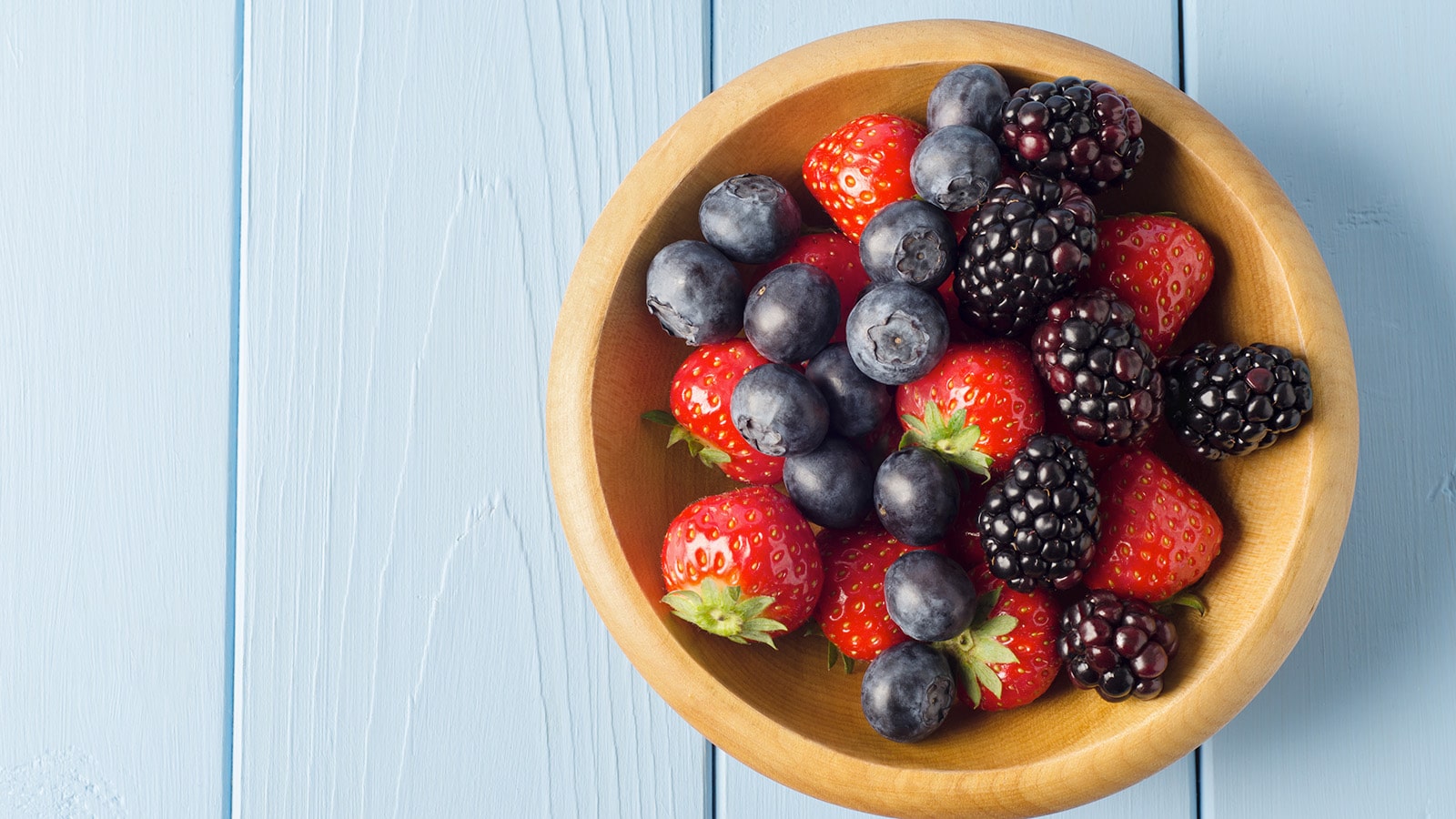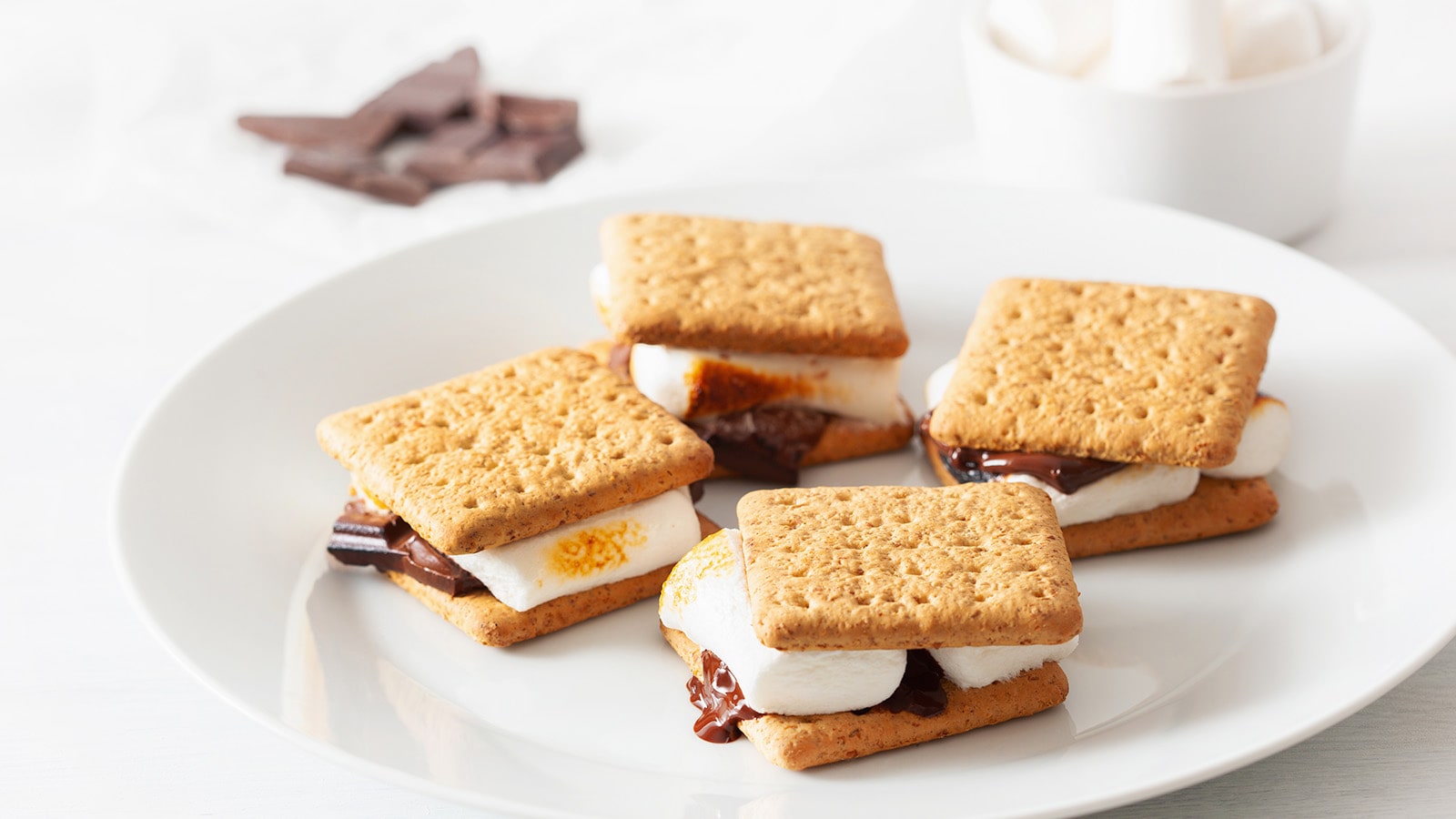
IDDSI Considerations for 5 Summertime Favorites: Frozen Treats, Watermelon, BBQ Foods and More

June is National Dysphagia Awareness Month, and it’s now officially summer! Read on for a guide to popular seasonal foods – from frozen treats to BBQ – and how they can be served safely for individuals with dysphagia.
What is Dysphagia?
Dysphagia is a disorder affecting the upper gastrointestinal tract which interferes with normal swallowing1. This condition can be caused by a stroke, injuries, cancer, and dementia, among other factors2. While it can affect people of all ages, it is mostly associated with the elderly population because of health complications related to aging3. Side effects may include malnutrition, aspiration pneumonia, choking, and death. Due to swallowing difficulty, it is common for those affected to lose interest in meals, experience embarrassment, and isolate when consuming food4.
Speech-language pathologists (SLPs) are responsible for assessing, diagnosing, and planning the management of dysphagia5. One of the primary interventions is diet texture modification, which supports adequate oral intake while minimizing possible risks6. Modifications encompass alteration of viscosity of fluids and texture of solid foods, following the International Dysphagia Diet Standardization Initiative (IDDSI).
What is IDDSI?
IDDSI is a global standard which defines and describes different food textures and fluid consistencies for individuals with dysphagia around the world7. Its framework is composed of a continuum of eight levels and outlines different testing methods to ensure adequacy of the items served.
Many foods and drinks easily classify into one of the IDDSI levels. For example, regular juice (Level 0 Thin consistency) and mashed banana (Level 5 Minced & Moist texture). However, other items may be more difficult to categorize because of liquid content, mixed consistencies, or changes in consistency with changes in temperature.
Some well-liked summer foods that could be challenging to classify into an IDDSI level include frozen treats, BBQ items, watermelon, small round fruits, and s’mores. Here’s what you should consider about these summertime favorites if you’re serving those with dysphagia:

1. Frozen Treats
IDDSI considers ice cream, frozen yogurt, and popsicles as transitional foods, defined as “food that starts as one texture (e.g., firm solid) and changes into another texture specifically when moisture (e.g., water or saliva) is applied, or when a change in temperature occurs (e.g., heating)”7. These are usually used for chewing and swallowing development and rehabilitation. Since ice cream, frozen yogurt, and popsicles are thin liquids when swallowed, they may not be suitable for those with dysphagia. Individuals should be assessed by a clinician to determine if transitional foods are safe for that individual.
An alternative to these common frozen treats is the Magic Cup – a product like ice cream when frozen but pudding when thawed8. This characteristic allows for texture safety while providing a high calorie and protein content, which is often beneficial for individuals who are malnourished9.

2. BBQ Items
Hamburgers, grilled meats, and chips are frequently consumed foods when the weather is warm. There are hamburger recipes for “Level 5 Minced & Moist” and “Level 6 Soft & Bite-sized” textures, which look and taste similar to regular hamburgers8. The desired levels are achieved by modifying the texture of the meat, bread, and being selective of the toppings added.
Grilled meats are the main component of BBQs, but this process results in a crispy and crunchy outer texture, leading to a choking risk. To mitigate this, pre-cooked meats that are stamped with dark stripes to give the appearance of a grill mark can be purchased and prepared. You can also use BBQ sauce to flavor and moisten texture-modified meats to bring those classic BBQ flavors to the meal.
IDDSI also identifies the consumption of chips as a choking risk due to their sharp and spiky texture. Some chips made from mashed potato (e.g., Pringles), are considered transitional foods because they can melt in the mouth7. Note: Individuals should always be assessed by a clinician to determine if transitional foods are safe for that individual.

3. Watermelon
Watermelon is considered a mixed consistency item, as it contains both a solid and a liquid component. To eat watermelon, individuals need to be able to swallow the juice while controlling the solid piece in the mouth, which then requires complete chewing before being swallowed. For this reason, IDDSI recommends for those with dysphagia to avoid watermelon in its natural form7. Watermelon, however, can be blended, strained, and thickened (if applicable) to the appropriate viscosity for consumption.

4. Small Round Fruits
This category includes whole grapes, cherry tomatoes, cherries, olives, and most berries. These fruits are also considered unsafe because if swallowed whole, they can completely obstruct the airway and lead to choking10. Some of these fruits may be texture-modified per the IDDSI framework for the appropriate diet and evaluated per the IDDSI testing methods to determine safety for consumption.

5. S'mores
This product is made with graham crackers, marshmallows, and chocolate. In addition to classifying as a mixed consistency food, sticky residues can fall into the airway, increasing the risk of complications7. This treat should be replaced with an alternative known to be safe to the specified diet order.
Warm weather comes with summer seasonal favorites, but it is important to be aware of foods that can pose a risk for those with dysphagia. As diet texture modification is a major component of the management of this condition, following the IDDSI framework is necessary to ensure safety of the individuals affected.
There are various ways to alter foods to achieve the required level, as well as viable substitutions that allow for meal satisfaction. As a general rule, items should be tested for adequacy under the intended serving conditions, and if unsure of their safety, the SLP should be consulted.
References
1. Chilukuri P, Odufalu F, Hachem C. Dysphagia. Mo Med. 2018;115(3):206-210.
2. Bahareh Bakhshaie P. Dysphagia - Pathophysiology of Swallowing Dysfunction, Symptoms, Diagnosis and Treatment. Journal of Otolaryngology and Rhinology. 2019;5(3). doi:https://doi.org/10.23937/2572-4193.1510063
3. Clavé P, Shaker R. Dysphagia: current reality and scope of the problem. Nature Reviews Gastroenterology & Hepatology. 2015;12(5):259-270. doi:https://doi.org/10.1038/nrgastro.2015.49
4. Selvanderan S, Wong S, Holloway R, Kuo P. Dysphagia: clinical evaluation and management. Internal Medicine Journal. 2021;51(7):1021-1027. doi:https://doi.org/10.1111/imj.15409
5. Adult Dysphagia. American Speech-Language-Hearing Association. https://www.asha.org/practice-portal/clinical-topics/adult-dysphagia/#collapse_0
6. Raheem D, Carrascosa C, Ramos F, Saraiva A, Raposo A. Texture-Modified Food for Dysphagic Patients: A Comprehensive Review. International Journal of Environmental Research and Public Health. 2021;18(10):5125. doi:https://doi.org/10.3390/ijerph18105125
7. IDDSI – International Dysphagia Diet Standardisation Initiative. https://iddsi.org
8. Nourishment When You Need It Most®. Hormel Health Labs. https://www.hormelhealthlabs.com
9. DiMaria-Ghalili RA, Amella E. Nutrition in Older Adults. AJN, American Journal of Nursing. 2005;105(3):40-50. doi:https://doi.org/10.1097/00000446-200503000-00020
10. Dysphagia Expert Witness & Medical Speech-Language Pathology. SwallowStudy.com. https://swallowstudy.com

 HOME
HOME